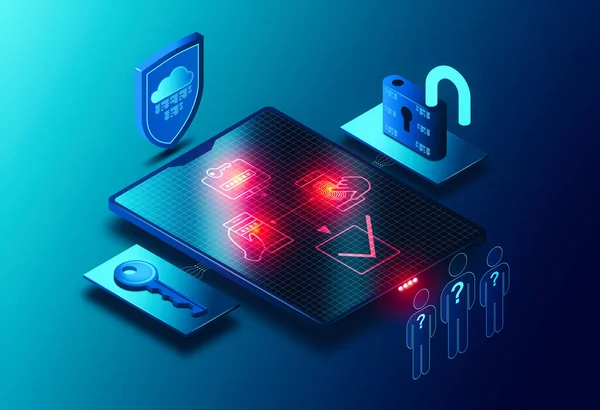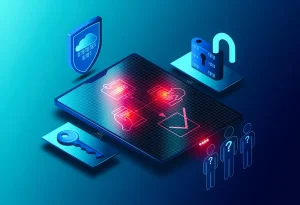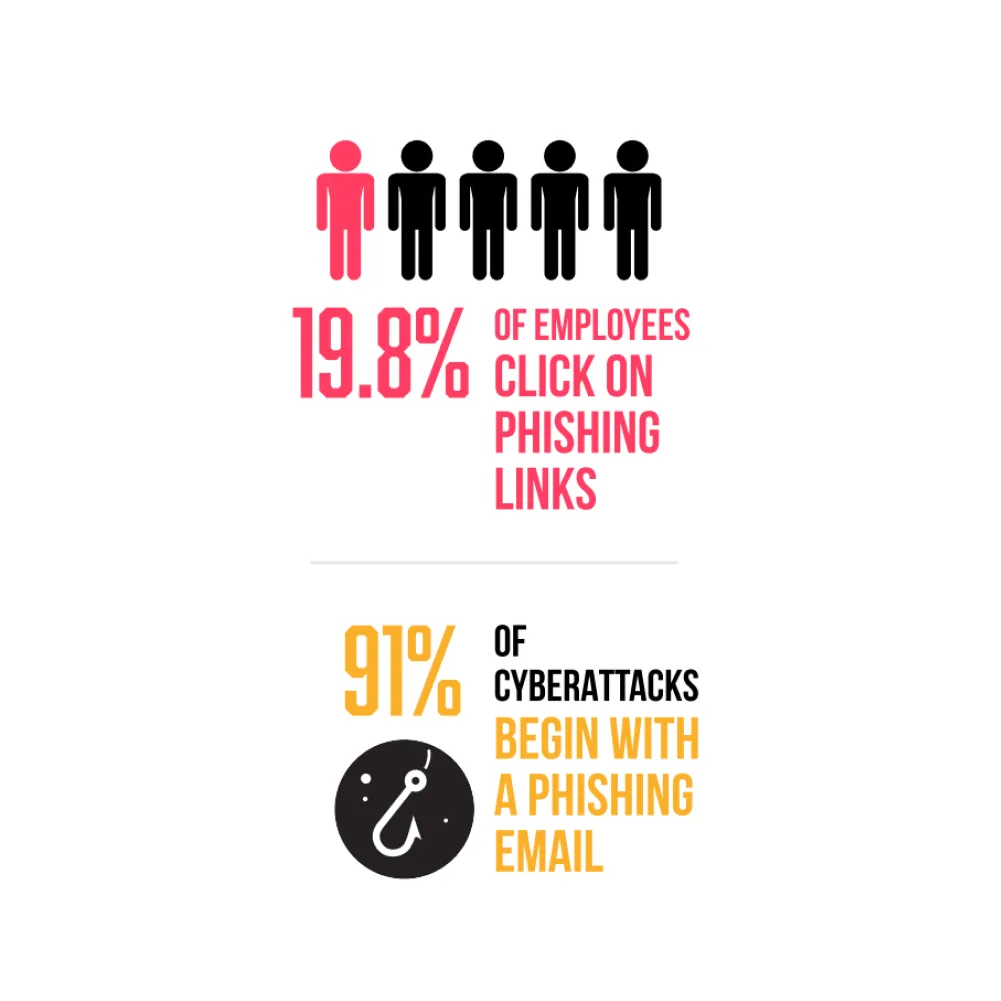In today’s modern landscape, ensuring security has become a paramount concern. Safeguarding valuable data, accounts, and identities from malicious attackers is paramount. When it comes to security protocols, it is crucial to familiarize oneself with Two-Factor Authentication and Multi-Factor Authentication. These two protocols are essential in fortifying our digital defenses against potential threats.
The main Difference between 2FA and MFA is that 2FA requires you to use one authentication method besides your username and password. In contrast, MFA requires one or more authentication methods for your username and password. Our Managed IT Services Company in Shreveport helps you to choose the right authentication for your data security.
In this article, we will explore the main difference between 2FA and MCA.
What Does Two Factor Authentication Mean?
Two-factor authentication, also known as 2FA, is a security measure that protects your online accounts. It requires users to provide two separate forms of identification to verify their identity and gain access to their accounts. Typically, this involves entering a password or PIN as the first factor, followed by a second factor, such as a fingerprint scan, facial recognition, or a unique code sent to a registered device.
Two-factor authentication enhances security by adding a step that makes it more difficult for unauthorized individuals to access your personal information and accounts. It is highly recommended to enable Two-Factor Authentication on all your important online accounts to safeguard against potential cyber threats.
What Does Multi Factor Authentication Mean?
Multi-factor authentication or MFA is a security measure that requires users to provide multiple forms of identification to access a system or application. It adds an extra layer of protection by combining two or more factors, such as something the user knows (password), something the user has (such as a fingerprint or access card), or something the user has (such as a biometric scan).
By requiring multiple factors to authenticate, MFA helps to prevent unauthorized access and protect sensitive information. This is especially important in today’s digital landscape, where cyber threats are becoming increasingly sophisticated.
Difference Between Two Factor vs Multi Factor Authentication
1. Layers of Authentication
Two-factor authentication and multi-factor authentication are both methods used to enhance the security of online accounts and systems. While they both involve multiple layers of authentication, there is a slight difference between them.
2FA requires users to provide two authentication factors, usually something the user knows (password) and something they have (such as a one-time verification code sent to their phone). While MFA goes a step further by requiring users to provide three or more authentication factors, including something they know, have, and even something they are (such as biometric data like fingerprints or facial recognition).
2. Ease Of Use
When it comes to ease of use, there is a notable difference between two-factor authentication and multi-factor authentication. 2FA typically requires the user to provide two pieces of information to verify their identity: a password and a one-time code sent via SMS.
While this adds an extra layer of security, some users may need help entering multiple information pieces. While MFA goes beyond 2FA by requiring additional factors, such as a fingerprint scan or facial recognition. While MFA provides even greater security, it can be more complex and time-consuming for users.
3. Robustness Against Threats
2FA requires users to provide two different credentials to access a system or account. This typically includes something the user knows (password) and something the user has (such as a verification code sent to their phone). By requiring multiple factors for authentication, 2FA can significantly reduce the risk of unauthorized access.
While MFA goes beyond 2FA by adding additional layers of authentication. This can include something the user is (such as a fingerprint or facial recognition) or something the user does (such as a unique pattern of keystrokes). By incorporating more factors into the authentication process, MFA provides even greater robustness against threats.
4. User Experience
Two-factor authentication requires users to provide two forms of identification to access their accounts. This typically involves the use of something known to the user, like password, along with something they possess, like a unique code sent to their mobile device. While this approach enhances security, it can introduce complexities and inconveniences for users who need to navigate through multiple login steps.
While multi-factor authentication goes beyond 2FA by requiring additional factors for verification, such as biometric data or a physical key. While this may offer even greater security, it can also introduce other user challenges, such as the need for specialized hardware or software. In terms of user experience, organizations should carefully consider the trade-off between security and convenience when choosing between 2FA and MFA.
Is MFA More Secure Than 2FA?
Both two-factor authentication and multi-factor authentication are highly secure forms of authentication, surpassing single-factor authentication (SFA) by incorporating additional layers of security beyond just a password. MFA, in particular, is the safest option as it offers the highest protection against cybercriminals. However, it is crucial to note that the effectiveness of an MFA solution hinges on the security of its supplementary authentication methods.
Email and SMS verification code security is less robust than other authentication methods due to various factors. Both platforms are vulnerable to phishing scams and SIM card hacking, which increase the risk of cybersecurity breaches. Multi-factor authentication should primarily utilize biometric authentication factors to enhance security. Biometrics are unique to each user and challenging to replicate, making them the most effective choice for MFA.
Final Words
While both Two-Factor Authentication and Multi-Factor Authentication serve as vital security measures to protect digital identities and sensitive information, they differ in their layers of security. 2FA utilizes two authentication factors, typically a combination of something the user knows (like a password) and something you have (like a smartphone or token). On the other hand, MFA incorporates additional layers beyond two factors, including biometric verification, location-based authentication, or behavioral patterns. Choosing between 2FA and MFA depends on the level of security required for specific applications or systems. To get more insights, get in touch with our IT Support Provider in Monroe.



